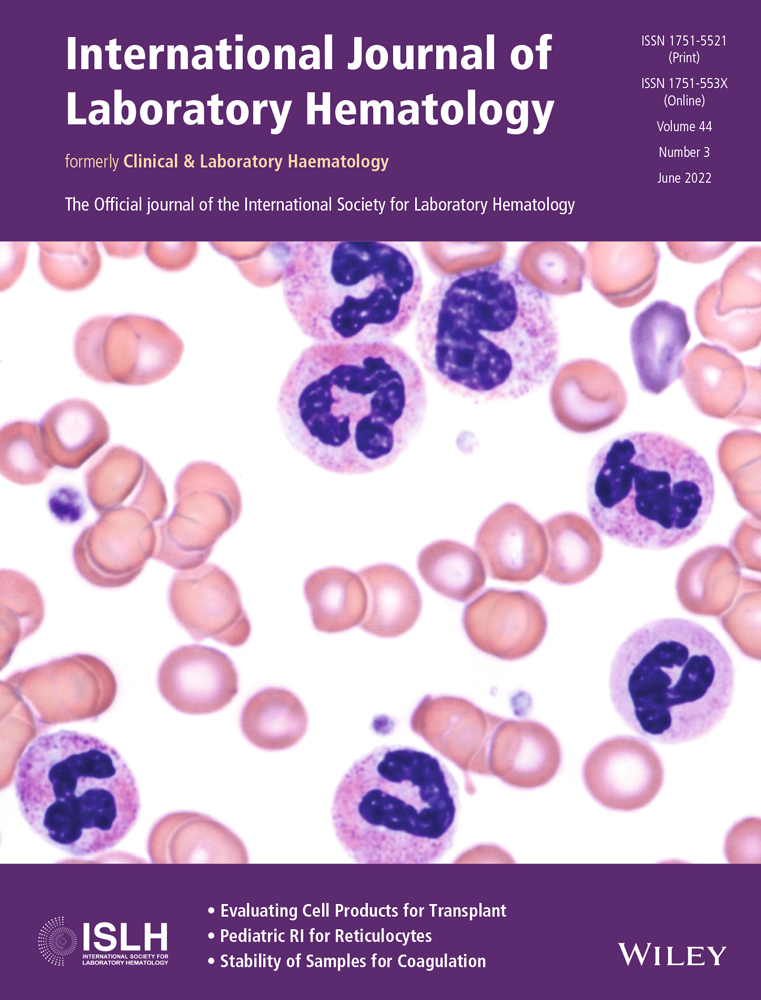The value of next-generation sequencing in routine diagnostics and management of patients with cytopenia
Marie Fredslund Breinholt and Kåre Nielsen are Co-first authors.
Funding information
None.
Abstract
Introduction
We performed a single-center study of real-world health data to investigate the direct clinical consequence of targeted next-generation sequencing (NGS) results integrated in the clinicopathological evaluation of patients with cytopenia suspected of myelodysplastic syndrome (MDS).
Methods
The study included 87 newly referred patients, who had a bone marrow examination, which included targeted NGS analysis. NGS was requested at the discretion of either examining pathologist or hematologist. Data were collected retrospectively from patient files including pathology reports with integrated NGS results.
Results
The NGS results had a diagnostic impact in 67 cases (77%) when combining both histopathological and final clinical evaluation and provided prognostic value in 19 cases (22%). NGS supported a confident or tentative histopathological diagnosis in 52 cases (60%). Twenty cases (23%) had a final diagnosis of either Clonal Cytopenia of Undetermined Significance (CCUS) or Idiopathic Cytopenia of Undetermined Significance (ICUS). In 4 cases, NGS results affected the choice of principal treatment strategy, including considerations of allotransplantation. Twenty-one patients (24%) could be discharged to primary care physician.
Conclusion
In a multidisciplinary clinicopathological real-world setting, NGS analysis of bone marrow samples from selected patients contributed substantially to the diagnostic evaluation and management of patients with cytopenia suspected of MDS. Consequently, we have now included NGS analysis in most routine bone marrow examinations from patients with MDS or unexplained cytopenia.
CONFLICT OF INTEREST
The authors have no competing interests.
Open Research
DATA AVAILABILITY STATEMENT
The data presented in this article are not readily available in compliance with Danish Law and the General Data Protection Rules.




